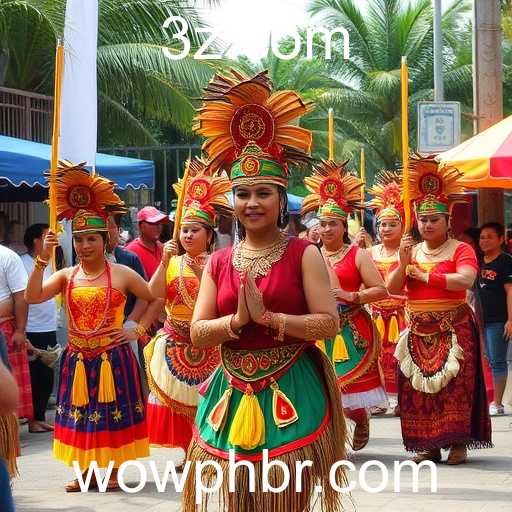The Philippines, an archipelago with over 7,000 islands, is a country rich in cultural diversity and historical depth. Embracing this richness, the 'Culture & Traditions' category on Wowph offers an engaging platform for users to explore the multifaceted traditions and cultural practices that define the Filipino way of life.
One of the most intriguing aspects of Filipino culture is its emphasis on family and community. The traditional practice of 'Bayanihan,' a term that reflects the spirit of communal unity and cooperation, is an essential cultural value. Historically, it involved community members helping a family move their house. Today, it symbolizes the collective effort to achieve common goals and is celebrated in various forms across the nation.
Another significant cultural element is the vibrant array of festivals, known as 'fiestas,' celebrated throughout the year. These festivals are a testament to the Philippines' deep-rooted Catholic faith, blended with indigenous and Spanish influences. Fiestas like the Ati-Atihan and Sinulog are not only religious observances but also occasions for social gathering and cultural expression, where music, dance, and creativity come alive.
Filipino cuisine, characterized by its bold flavors and diverse influences, is another cornerstone of the country's culture. Dishes such as 'adobo,' 'sinigang,' and 'lechon' are markers of Filipino identity, each telling its own story of historical and regional influences. The culinary traditions reflect the country's history of colonization, trade, and the natural bounty of the islands.
Language plays a crucial role in preserving and fostering cultural identity. With over 170 indigenous languages spoken across the islands, the linguistic diversity of the Philippines is remarkable. Tagalog, the basis for the national language, Filipino, serves as a unifying medium, while regional languages like Cebuano, Ilocano, and Waray continue to thrive, carrying with them unique idiomatic expressions and cultural narratives.
The arts, encompassing everything from traditional music and dance to contemporary visual arts, provide a window into the creative spirit of the Filipino people. The 'Kundiman,' a genre of traditional love songs, and the 'Tinikling,' a dance that mimics the movement of birds, are examples of how Filipino culture expresses itself through artistic performance.
In navigating through the 'Culture & Traditions' category on Wowph, users are invited to step into a world where past and present merge, exploring the heritage of a nation that prides itself on its ability to embrace change while holding fast to its roots. From understanding the influence of ancient rituals to celebrating the dynamic creativity found in modern interpretations, this virtual journey highlights the enduring spirit of the Philippines.








